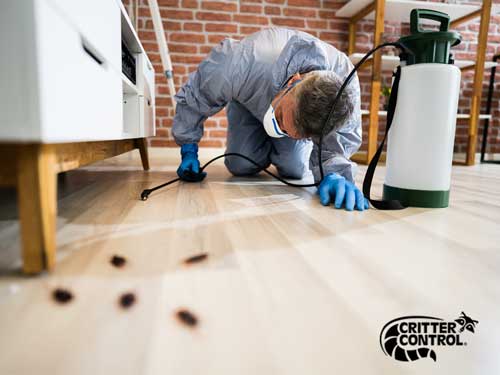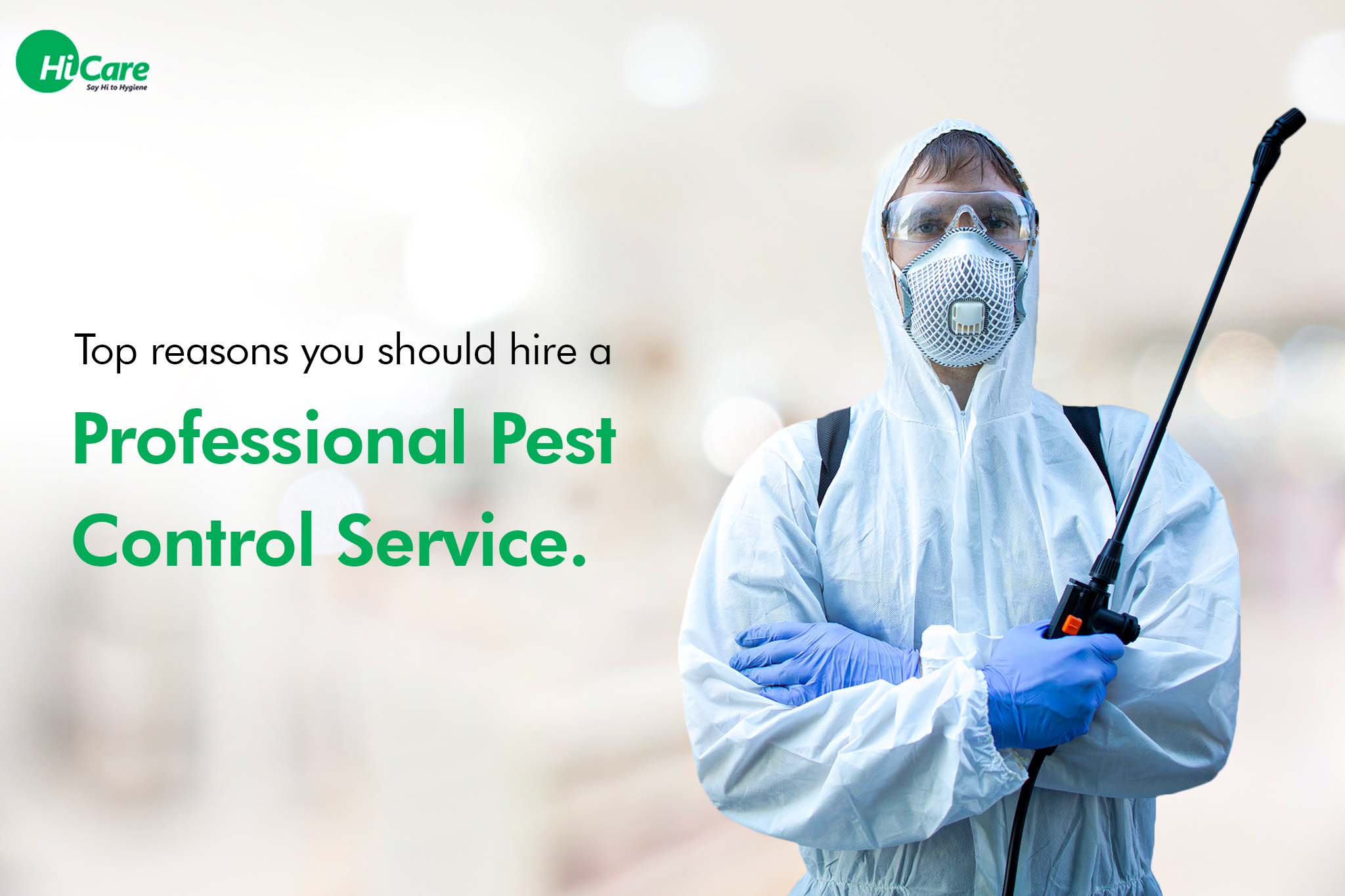Bed Insect Treatment Break Down: Comparing Chemical Vs. Non-Chemical Solutions
In the realm of insect control, especially when handling the relentless issue of bed pests, the option in between chemical and non-chemical therapy solutions can be a critical one. Both methods offer distinct benefits and downsides, influencing factors such as effectiveness, safety and security considerations, and total expense. By analyzing the nuanced information of each approach, a clearer understanding of which course to seek in resolving a bed insect problem can be achieved.
Performance of Chemical Treatments
Chemical treatments for bed pest problems have been widely recognized for their potent and quick efficiency in eliminating these insects. When thinking about the performance of chemical therapies, it is vital to comprehend that they can offer a fast and complete option to a bed insect trouble. Expert exterminators typically rely upon pesticides to target bed insects at numerous stages of their life process, consisting of nymphs, adults, and eggs. These chemicals normally function by interrupting the bed insects' nerves, causing paralysis and eventual death.
Furthermore, chemical therapies have the advantage of providing residual effects, suggesting that they can continue to remove bed bugs also after the first application. This residual action is specifically valuable in combating any kind of potential re-infestations. Additionally, the rapid activity of chemical therapies can bring alleviation to individuals dealing with severe bed pest infestations, enabling them to gain back control of their home rapidly.
Safety Interest In Chemical Solutions
When making use of chemical solutions for bed bug treatment is making sure the security of occupants and the setting,One essential facet that requires careful factor to consider. While chemical therapies can be efficient in eradicating bed insects, they might position dangers if not handled properly. One of the key security interest in chemical solutions is the prospective injury they can trigger to human health and wellness. Direct exposure to particular chemicals utilized in bed pest treatments can cause respiratory system problems, skin irritation, or various other adverse responses, specifically in people with pre-existing problems or sensitivities. In addition, improper application or dose of chemical pesticides can result in poisonous residues remaining in the cured location, presenting long-lasting health threats to residents.
Furthermore, the ecological influence of chemical remedies is one more considerable factor to consider. Some chemicals made use of in bed bug treatments might be damaging to helpful bugs, wildlife, and environments if they seep into the soil or water systems. It is necessary to utilize chemical therapies sensibly, following safety and security standards, and thinking about much less poisonous options to minimize these risks and ensure the secure and efficient management of bed bug problems.
Benefits of Non-Chemical Approaches
Considering the possible safety and security worries and ecological impact linked with chemical remedies for bed insect therapy, discovering non-chemical strategies provides an appealing choice with several unique benefits. Non-chemical techniques offer a more secure choice for homes, particularly those with children, family pets, or individuals conscious harsh chemicals. These techniques remove the threats of exposure to toxic materials, lowering the potential for unfavorable health and wellness results. Moreover, non-chemical therapies are eco-friendly, as they do not add to air or water contamination, making them a lasting choice for insect control.
Furthermore, non-chemical options can be reliable in targeting bed insects, including hard-to-reach locations where chemical treatments might not penetrate - A1 charlotte bed bug exterminator. Methods such as warmth therapy, vacuuming, heavy steam cleaning, and bed mattress encasements provide comprehensive eradication without the usage of damaging chemicals.
Limitations of Non-Chemical Treatments

Additionally, non-chemical therapies usually need several applications to attain successful removal. This can be taxing and might not always ensure full removal of all bed bugs and their eggs, particularly in concealed or hard-to-reach places.
Furthermore, the success of non-chemical therapies greatly relies upon correct implementation and thoroughness, which can be challenging for people without specialist expertise. Inadequate application of non-chemical techniques may lead to incomplete elimination, bring about consistent infestations and the requirement for added treatments.
Therefore, while non-chemical therapies have their benefits, it is important to acknowledge these restrictions and consider them when identifying the most effective strategy for taking care of bed pest infestations.
Cost Comparison: Chemical Vs. Non-Chemical Options
Offered the constraints connected with non-chemical therapies, an important aspect to assess in the context of bed bug monitoring is the expense contrast between chemical and non-chemical alternatives. Chemical therapies normally include the application of insecticides by professionals, which can range from $250 to $900 per space, depending upon the seriousness of the infestation and the size of the location to be treated. On the other hand, non-chemical treatments like heat therapy or vapor can be a lot more expensive, with prices varying from $1,000 to $6,000 for a whole home. While the preliminary cost of chemical therapies might seem reduced, several treatments might be needed to totally get rid of the infestation, potentially increasing the overall cost. On the other hand, non-chemical options might supply a more sustainable and eco-friendly remedy, although they can be cost-prohibitive for some individuals. Inevitably, when considering the cost of bed pest treatment alternatives, it is crucial to weigh the ahead of time costs versus the efficiency and long-term sustainability of the chosen technique.
Final Thought

Considering the possible safety problems and ecological influence connected with chemical solutions for bed bug therapy, exploring non-chemical approaches presents an appealing alternative with several distinctive advantages.Given the limitations connected with non-chemical therapies, a vital facet to evaluate in the context of bed bug management is the expense contrast in between chemical and non-chemical options. In contrast, non-chemical treatments like warm therapy or heavy steam find out this here can be more click now costly, with prices varying from $1,000 to $6,000 for a whole home. While the first price of chemical treatments may seem reduced, several treatments may be required to fully eliminate the invasion, potentially raising the general expense.In final thought, when comparing chemical and non-chemical bed insect therapy choices, it is vital to think about efficiency, security, advantages, restrictions, and price.